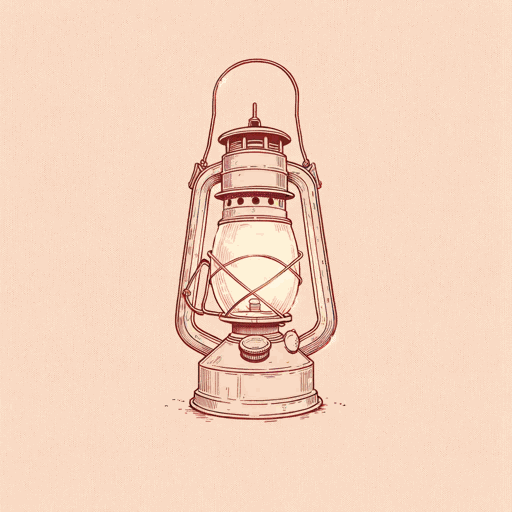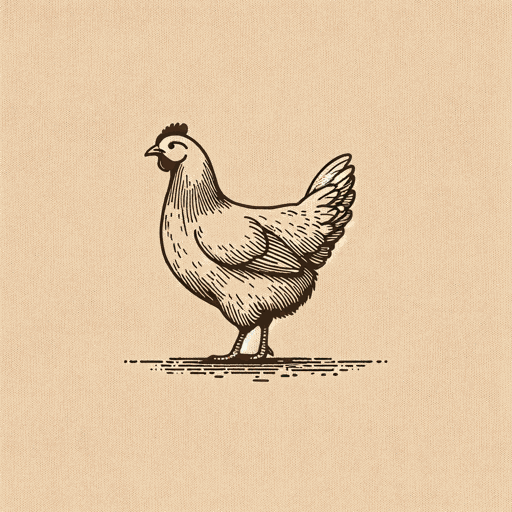18 pages • 36 minutes read
Margaret WalkerChildhood
Fiction | Poem | Adult | Published in 1989A modern alternative to SparkNotes and CliffsNotes, SuperSummary offers high-quality Study Guides with detailed chapter summaries and analysis of major themes, characters, and more.
Literary Devices
Form and Meter
Walker’s “Childhood” is a contemporary sonnet, which means it has most of the features of a traditional sonnet but lacks the meter and rhyme scheme usually seen in a Shakespearean or Petrarchan sonnet. “Childhood” is 14 lines long and divided into two stanzas, the first stanza being an octet (eight lines long) and the second stanza being a sestet (six lines long). This follows the form of a Petrarchan sonnet. However, Petrarchan sonnets usually follow an ABBA CDCCDC or ABBA CDECDE rhyme scheme and are written in iambic pentameter (a metrical rhythm where each line contains five iambs or metrical feet, which are sets of two syllables, unstressed then stressed). While Walker has followed the pentameter part with each line having exactly 10 syllables, the rhythm is not iambic but a mix of iambs and trochees (a stressed then unstressed foot), and the rhyme scheme is ABBA CBBC EFFE GG. This rhyme scheme only becomes clear with very careful inspection since there are both the expected perfect rhymes, such as “lamps” (Line 2) and “camps” (Line 3) or “haystacks” (Line 10) and “shacks” (Line 11), as well as the trickier consonant rhymes—words with the same ending consonants—of “roads” (Line 5) and “words” (Lines 8) and the sight rhymes—words that look the same but actually sound different—of “country” (Line 9) and “by” (Line 12).
Related Titles
By Margaret Walker



